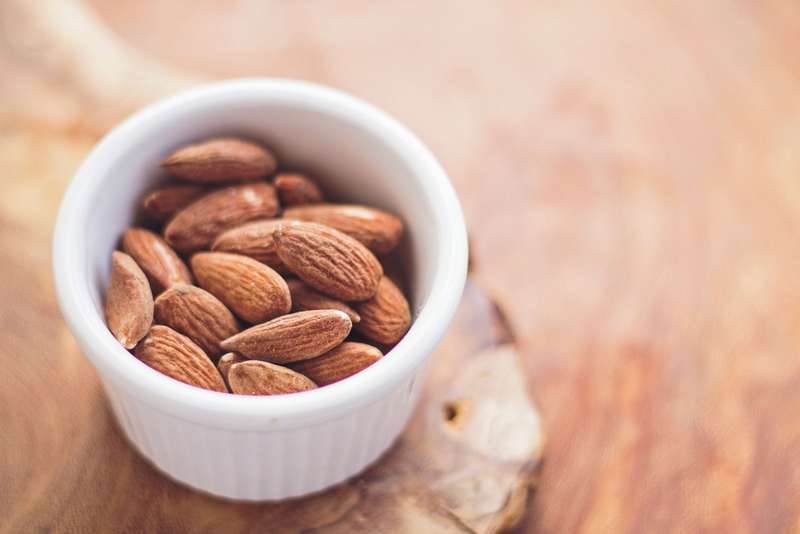Fibre is commonly mentioned alongside good health. It might be the only food with no negative repercussions when taken in large quantities.
The benefits associated with fibre include stabilizing blood sugar, lowering cholesterol and making weight loss easier. It is also said that fibre will prolong your life. All these benefits are enjoyed if you get the right proportions of two types of fibre; soluble and insoluble. Despite their different classification, they are both carbohydrates derived from plants.
While other foods move through your digestive system, the work of fibre is to make your stool soft and slowing the speed of digestion. Soft stool is easier to pass and will not bruise the colon. Both soluble and insoluble fibre can be obtained from the same foods, but their quantities vary. A simplistic way to distinguish the two is that soluble fibre turns to gel-like substance when it absorbs water. The insoluble fibre does not become a gel.
 Nuts are a great source of soluble fibre.
Nuts are a great source of soluble fibre.Soluble Fibre
There are foods that are characteristically rich in soluble fibre. They include apples, nuts, blueberries, beans, oat meal. The benefits to expect from sufficient intake of soluble fibre include:
- Protecting the heart - fibre attaches to the risky cholesterol and drags it out of the body. With a reduced amount of cholesterol, you are less likely to suffer from heart diseases.
- Shielding from diabetes - the fact that soluble fibre is not easily absorbed into the body, it has little effect on blood sugar. The fact that it does not cause a blood spike means that your exposure to type 2 diabetes is reduced.
- Weight loss- these foods keep you full for a longer period. This reduces the amount of food you take. As such, you will either reduce in weight or maintain your current level.
- Healthy bowel movement - soluble fibre maintains the right balance of water in your stool. This guards your stool against constipation or diarrhea.
Insoluble Fibre
The foods containing insoluble fibre include brown rice, whole wheat bread, skins of fruits and fruit seeds. When nutritionists tell you to eat fruits with their peels, take them seriously. Here are some of the benefits you get from taking a healthy serving of insoluble fibre:
- Weight loss and control - the fibre keeps off hunger pangs meaning that you eat less. Without having to take excruciating dieting programs, you lose or maintain the desired weight.
- A healthy digestive system - a healthy digestive system is where bowel movement is normal. There is no constipation or diarrhea. In case of constipation, it is recommended that you take a lot of insoluble fibre rich foods. This will get things quickly moving. Some of the other bowel related problems that will be solved include hemorrhoids and problems with the control of the bowel or fecal incontinence.
To get a healthy balance of both soluble and insoluble fibre, you should set a goal of eating a bowl of vegetables and fruits every day. Go for fruits with edible skins and seeds as well. Ensure that at least three of your meals in a week have pulses. Your snack break should be made of seeds and nuts. Choose whole grains in place of processed ones.